Bit Brace Advice
I enjoy using a bit brace for drilling whenever it makes sense and have gathered together a good selection for personal use. I find most of them at garage sales and typically get them for next to nothing. The one exception is the North Brothers (Yankee) braces. I have yet to find one of those on a garage sale table.
This article reflects my own personal experience and preferences. I hope that you find it helpful in finding braces you enjoy owning and using.
For actual use, I prefer Yankee and Millers Falls braces. I like some other makers as well — Stanley, Goodell Pratt, and Pexto — just not as much and not as many models.
I look for braces that have a partly or fully enclosed ratchet mechanism. (These are sometimes referred to a “boxed” or “half-boxed” ratchet mechanisms). They are often better quality than braces that have their ratchet mechanism exposed at the front (i.e. you can see the gears). They also tend to protect the ratchet mechanism from grit and grime. Still, don’t write off one with an exposed ratchet if it is in good condition.
Next, I check that the brace’s ratchet works left and right, plus holds firm in the fixed position. Then I check for damaged, missing or bent parts. If all these check out, it is probably a decent brace.
There are two other important things to consider on braces — the type of brace jaws and the brace sweep.
It’s good to have at least one brace with “universal-style” jaws. These will hold regular auger bits, plus bits with plain round and tapered shanks. That’s another reason I like the Yankee braces and the Millers Falls braces with the “Leland” jaws.
Below is a North Brothers Yankee chuck assembly, including the Yankee universal jaws (lower left corner).
Here’s a close-up of the Yankee universal jaws.
Below is a Millers Falls “Lion Chuck” assembly, including its Leland jaws.
Below is a North Brothers Yankee brace with it’s sturdy chuck and universal jaws and a Millers Falls brace with a “Lion” chuck and its “Leland” universal jaws.
The two Millers Falls braces below on the left and the centre are the “Holdall” style brace with the Leland universal jaws. Note that the brace chuck on the “Holdall” has a thinner profile than the robust Yankee chuck and the Millers Falls “Lion Chuck”. This can come in handy sometimes when working in tight quarters around the chuck area. The brace on the right is a nice little Stanley that I sometimes use in tight quarters.
The brace sweep is the diameter of the circle that the handle makes when it goes through a full turn. It is usually expressed in inches and typically ranges from 8 to 14 inches. Smaller or larger sweeps are uncommon, but do exist. It’s nice to have an 8, 10, 12, and 14 inch brace, but 10 and 12 inch ones are the most common sizes. Smaller ones are good for tight spaces and large ones are good for more torque.
Here are two Millers Falls braces. The left one has an 8″ sweep and the right one has a 12″ sweep.
When looking for brace make and model numbers, you will often find it on the top part of the brace crank handle (under the top knob, but before the middle handle). You might also find information on the lower part of the crank or on the chuck and/or jaws housing.
My Favorite Braces
My favorite braces by far are North Brothers Yankee braces, including the 2100, 2100A, 2101, and 2101A series. Stanley and Bell Systems variants are good, too. Unfortunately for buyers, these Yankee braces are commanding very high prices these days.
My second favorite line of braces are the more affordable Millers Falls ones, including:
Millers Falls – Holdall brace with Leland Universal jaws.
Nos. 729 – 734; 729A – 734A
Millers Falls – Lion brace with Leland Universal jaws.
Nos. 769 – 774; 770A – 773A
Nos. 870 – 873; 870A – 873A
Nos. 1769 – 1773
Nos. 1870 – 1872
Millers Falls – Master Ratchet brace with Leland Universal jaws.
Nos. 830 – 833; 830A – 833A
Nos. 8130 – 8133
Miller Falls – Parsons Deluxe Ratchet brace with Leland Universal jaws (this line is expensive, but very nice)
No. 5010 – 5012; 5010A; 5010C
A close third for me are the Peck, Stow, and Wilcox (also P. S. & W and PEXTO) braces with the Sampson chuck and jaws. They are tremendously strong.
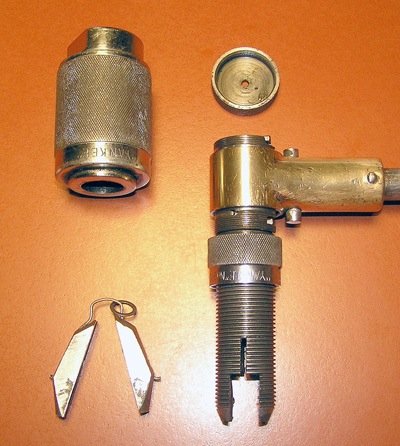
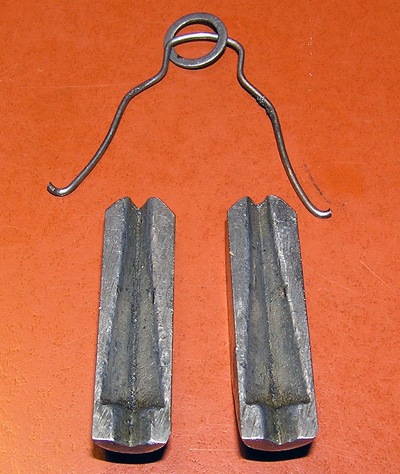
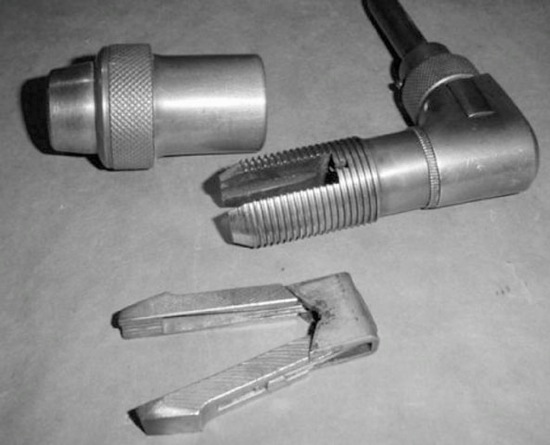
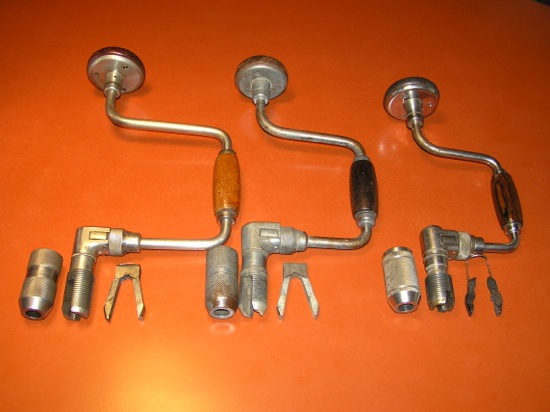
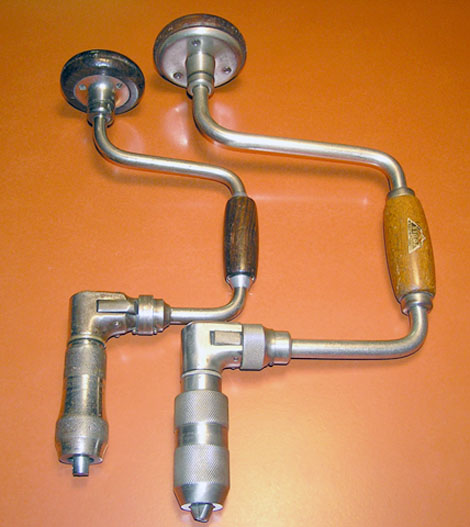
nice site
Thanks. 🙂
I just bought a PEXTO brace and I’m trying to find out what year this tool was manufactured. It has a number (#110) stamped on the metal part of the brace.
I’m not sure about the date of manufacture. I have read that the PEXTO brand name was introduced in the early 1920’s. Here is a link that may be of some help.
PEXTO Type Study
Hi,
Do you know anything about Stanley brace models? Specifically what the differences are between the different model numbers?
thanks in advance,
Matt
I don’t have anything handy on Stanly braces and their model numbers. Some information is available in a book called “Antique & Collectible Stanley Tools: Guide to Identity & Value” by John Walter.
I have an old Somax Made in France corner brace. Unfortunately the jaws are missing. Where do you buy those universal jaws? Thanks
I believe that Lee Valley sells Somax braces. You could contact them and ask. Also, I often buy replacement jaws for older braces on eBay.
I was fascinated by my grandfather using a Brace in the 1950s.I began to purchase them about 10 years ago. I have 37 different braces.One ID s Yankee 2101 12″ I got for $2,yes two dollars like new 3 years ago. The other is a non ratchet ABoughton Bros.circa 1860s to 1880s I excellent condition. Beware the profiteers have snuck in. Selling any Brace for $50 ,knowing nothing of what there selling. You can still get a nice Brace, but the prices are rising.Good collecting.Great info on your part.Thank you
Great article. I have a Stanley Defiance 1246 brace with a Lion type chuck. Very happy with this tool, picked up for very little at a flea market. It has a two-piece jaw with a separate wire spring that still functions but is damaged. At each end of the spring the wire bends outward to catch in a small hole in the jaw, keeping it in place. On one end, that bent portion has snapped off. Looking for suggestions of where I might find a replacement spring.
Probably a replacement would only be available from another brace chuck. If you still have the remains of the original spring, I would attempt to make a replacement spring, using the original as a pattern. The diameter or gauge of the original spring wire will need to be determined and a source found for music or spring wire. Zoro or McMaster-Carr come to mind. Maybe Amazon. It may take several attempts to fashion an acceptable spring, but it can be done. Good luck.
just picked up a Millers Falls 8131, ratcheting mechanism sticking, can’t get it into reverse, looked up patent, found diagram of sorts,looks like I can access the innards- any advice?